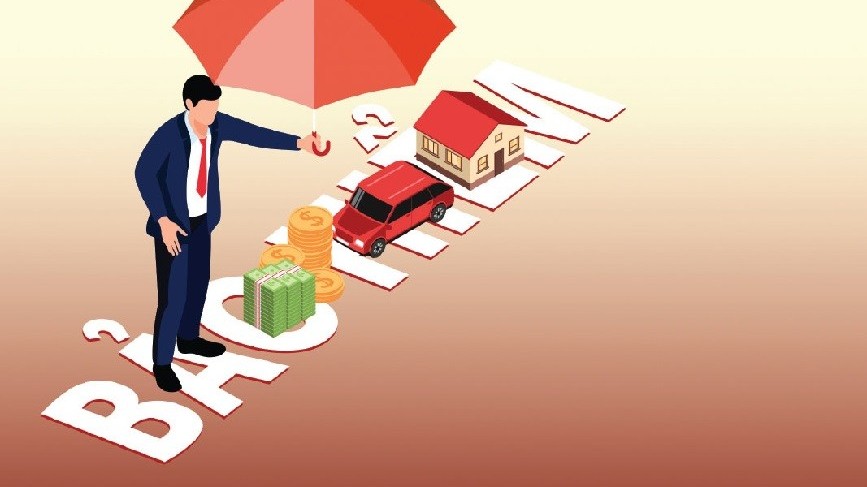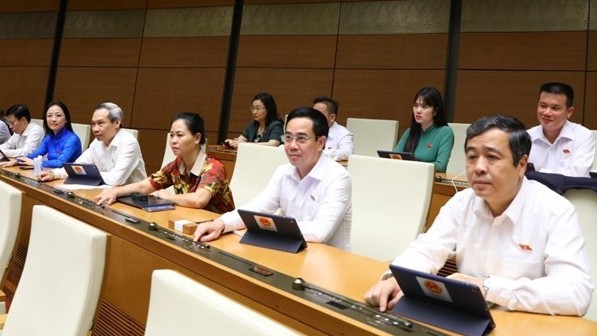
Vietnam a potential life insurance market
Latest
 |
| A rountable event to discuss Vietnam’s life insurance market in HCM City on June 7. (Photo: VNS/VNA) |
Ngo Trung Dung, its general secretary, said the market grew at 25-30 percent a year in 2011-19 before falling to 17-18 percent in the last two years, and is expected to fall further this year.
He blamed the decline on several factors, with the COVID-19 outbreak being one of the main ones.
“[But] the pandemic also brought a positive by helping the community better understand the role of the insurance industry, but social distancing affected the interaction process, insurance consultancy and customer care.”
However, whether there was COVID or not, a downward trend was inevitable, he said.
"But even if the growth rate drops to 10 percent, Vietnam’s life insurance market is still attractive to investors. This is because the annual growth rate in many other markets in the region is only 3-5 percent.”
Its potential is huge due to the growing middle class and the low rate of insurance, he said.
By the end of 2021 only an estimated 11 percent of the population had life insurance, he said.
People’s awareness has improved and amendments to the Law on Insurance Business would be made soon, also factors that would help drive the market, he added.
Sang Lee, CEO of Manulife Vietnam, said there is a huge insurance protection gap in Vietnam.
According to Swiss Re, the protection gap typically covers health, retirement and mortality.
The mortality protection gap in Vietnam was estimated at 1.77 trillion USD in 2021, and the health protection gap at around 36 billion USD in 2017.
Its population is ageing fast, and, like many emerging economies in Asia, Vietnam faces a retirement protection gap, highlighting the need for Vietnamese to better understand the importance of financial planning, Lee added.
He said Manulife’s third Asia Care Survey released in last April pointed out that demand for insurance remains high in Vietnam, with 85 percent and 71 percent of people finding insurance and retirement planning important since COVID began.
Some 91 percent planned to buy new and additional insurance in the next 12 months, with life (55 percent), health (45 percent) and accident (41 percent) topping the list, he said.
Dung said digital transformation has helped insurance companies improve service quality, the customer experience and interactions with customers, and create more personalised insurance policies to meet customers’ needs.
Lee said, “Currently, our business as well as operations are organised around three value streams – search, manage and review, and claims.
“We also have Manulife Shop and Momo – our pioneering efforts for going fully digital. Also, our claim experience is now fully digital as well. We provide nearly immediate payment after documents are verified.
“For manage and review, we just launched a revamped customer portal with new features built in that provides enhanced customer experience.
“We have been focusing on observing and responding to customer demands.
According to Dung, insurance policies now mainly offer financial benefit but in future need to cover home healthcare, midwifery, nursing home care, and funerals to meet the growing needs.























